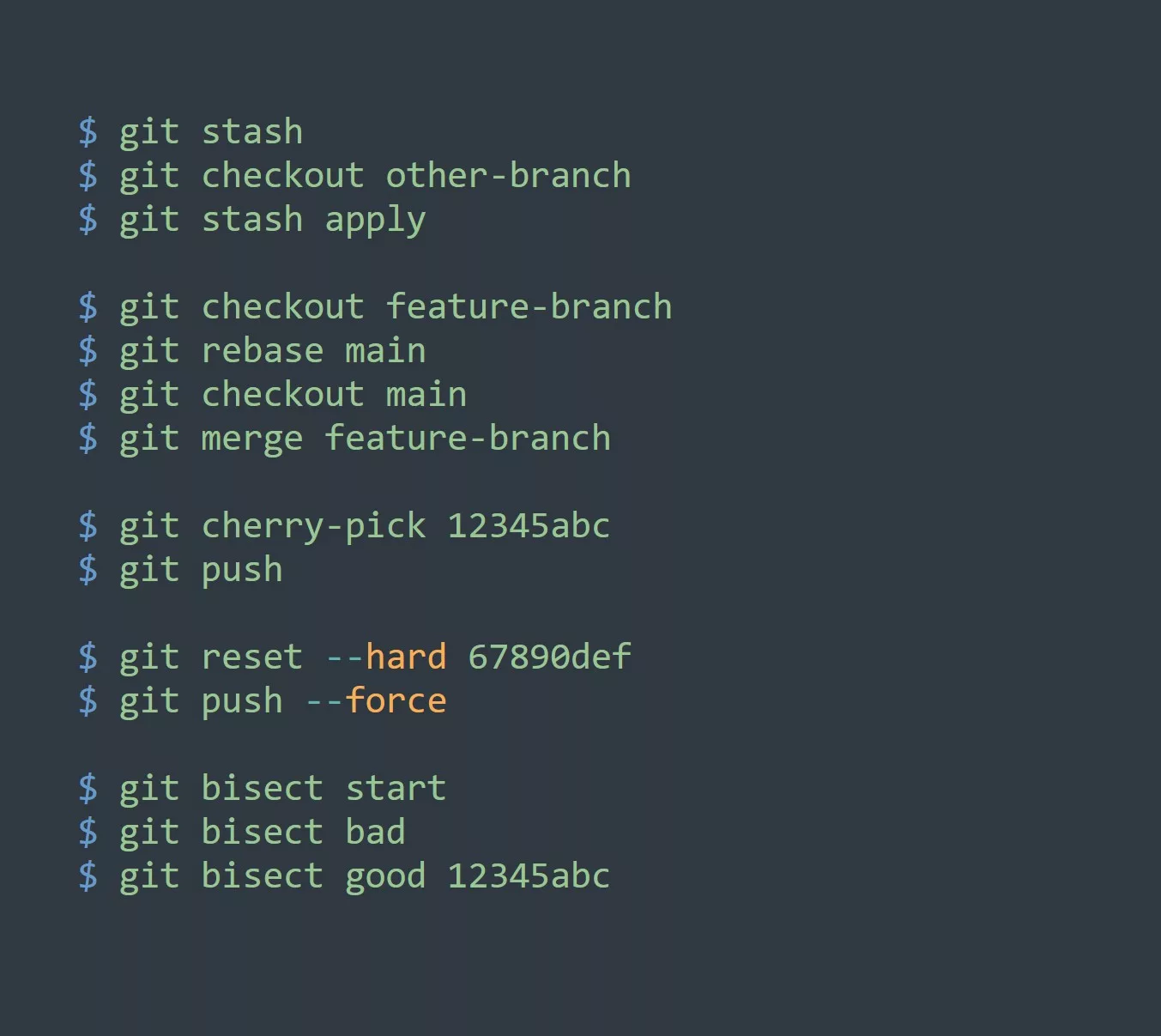As a system administrator, understanding the various files that make up the heart of your operating system is crucial. And few files are as important as the /etc/passwd file. In this blog, we’ll take a look at how this file is used in different distros and how you can leverage its power to increase productivity and efficiency.
What is the /etc/passwd File?
The /etc/passwd file is a plain text file that contains information about each user account on a system. This includes the user’s login name, password, and other user information such as the user’s home directory and shell.
Here’s an example of what a typical /etc/passwd file might look like:
root:x:0:0:root:/root:/bin/bash
user1:x:1000:1000:User 1:/home/user1:/bin/bash
user2:x:1001:1001:User 2:/home/user2:/bin/bash
Each line in the file represents a single user account. The fields are separated by a colon (:) and contain the following information:
- Login name
- Password (encrypted)
- User ID (UID)
- Group ID (GID)
- User information (such as real name)
- Home directory
- Login shell
One thing that most people don’t know about the /etc/passwd file is that the password field no longer stores the user’s actual password. Instead, it stores an encrypted version of the password called a “password hash.” This is a security measure to prevent someone from easily obtaining the user’s password.
Key Points to Remember
There are a few key things to keep in mind when working with the /etc/passwd file:
- The file is owned by the root user and only writable by the root user.
- The file should be readable by all users, as it is needed for various programs to work properly.
- The file should be kept secure to prevent unauthorized access to user accounts.
5 Ways to Use the /etc/passwd File to Increase Productivity
Now that we’ve covered the basics of the /etc/passwd file, let’s take a look at some ways you can use it to increase productivity:
- Use the
chpasswdcommand to quickly change multiple user passwords at once.
echo "user1:newpassword" | chpasswd
echo "user2:newpassword" | chpasswd
- Use the
useraddcommand to quickly create new user accounts.
useradd -m -s /bin/bash user3
- Use the
usermodcommand to quickly modify existing user accounts.
usermod -aG sudo user3
- Use the
passwdcommand to change your own password.
passwd
- Use the
awkcommand to extract specific fields from the/etc/passwdfile.
awk -F: '{print $1}' /etc/passwd
This will print out a list of all the login names in the file.
Challenge
Now it’s your turn to test your knowledge of the /etc/passwd file. Try using the commands and techniques mentioned above to create a new user account, modify an existing user account, and extract information from the file.
Conclusion
The /etc/passwd file is an important part of any operating system, and understanding how it works is essential for system administrators. By learning how to use the various commands and techniques discussed in this blog, you can increase your productivity and efficiency as you work with user accounts on your system.



